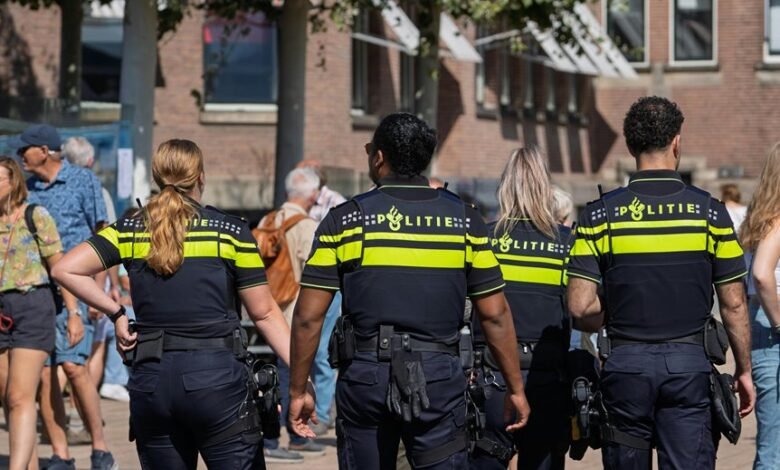Fraud Hotline Caller Tracing Risk Authority 3395376730 3533828173 3277712853 3510184411 3272908599 3888912794

The tracing of fraud hotline callers presents significant risks to the integrity of these reporting systems. Numbers such as 3395376730 and 3533828173 exemplify the potential for exposure, which may discourage individuals from reporting misconduct. This concern raises critical questions about the balance between law enforcement efficacy and the protection of anonymity. Understanding the implications of tracing may reveal underlying vulnerabilities that could undermine efforts to maintain accountability and transparency within organizations.
Understanding Fraud Hotlines and Their Importance
Fraud hotlines serve as vital mechanisms for organizations seeking to detect and prevent unethical practices. Their effectiveness hinges on anonymity, encouraging employees to report concerns without fear of retaliation.
Risks Associated With Fraud Hotline Caller Tracing
While the ability to trace callers to fraud hotlines may seem beneficial for organizations aiming to address unethical behavior, it introduces significant risks that can undermine the very purpose of these reporting mechanisms.
Such tracing challenges can compromise caller privacy, deterring individuals from reporting misconduct due to fear of exposure.
Ultimately, this jeopardizes the integrity and effectiveness of fraud prevention efforts.
Authorities Involved in Tracing Fraud Hotline Calls
Tracing calls made to fraud hotlines typically involves various authorities, each playing a distinct role in the process.
Law enforcement agencies often collaborate with telecommunications providers to identify and trace fraudulent calls effectively.
Additionally, specialized units focusing on fraud detection analyze patterns and data, assisting in building cases.
This multi-agency approach enhances the overall effectiveness of combating fraud and protecting individuals from potential scams.
Steps to Protect Yourself From Fraudulent Calls
To effectively safeguard against fraudulent calls, individuals should adopt a proactive approach that includes several key strategies.
Utilizing call blocking features on smartphones enhances phone security, preventing unwanted calls.
Additionally, verifying caller identities before sharing personal information is crucial.
Staying informed about common scams and regularly updating security settings further fortifies defenses against fraud, empowering individuals to maintain control over their communication.
Conclusion
In navigating the delicate landscape of fraud reporting, it is essential to safeguard the sanctity of anonymity. While tracing calls may appear as a means of ensuring accountability, it inadvertently casts a shadow over the very reporting mechanisms designed to foster transparency. By fostering a culture of trust and discretion, organizations can encourage whistleblowers to voice their concerns without hesitation, ultimately fortifying their defenses against misconduct and enhancing the integrity of their operations.




